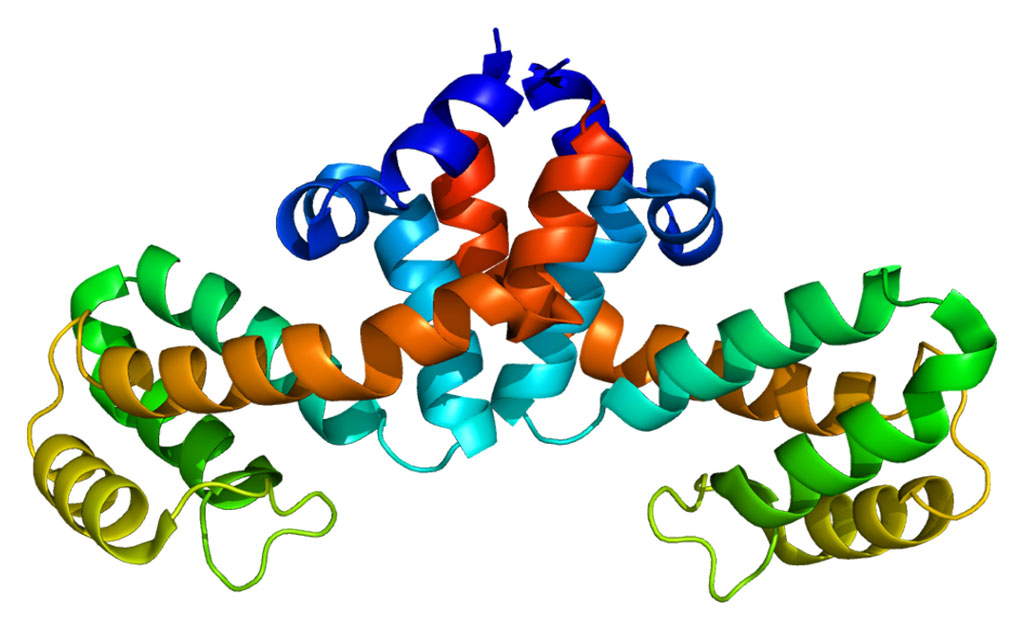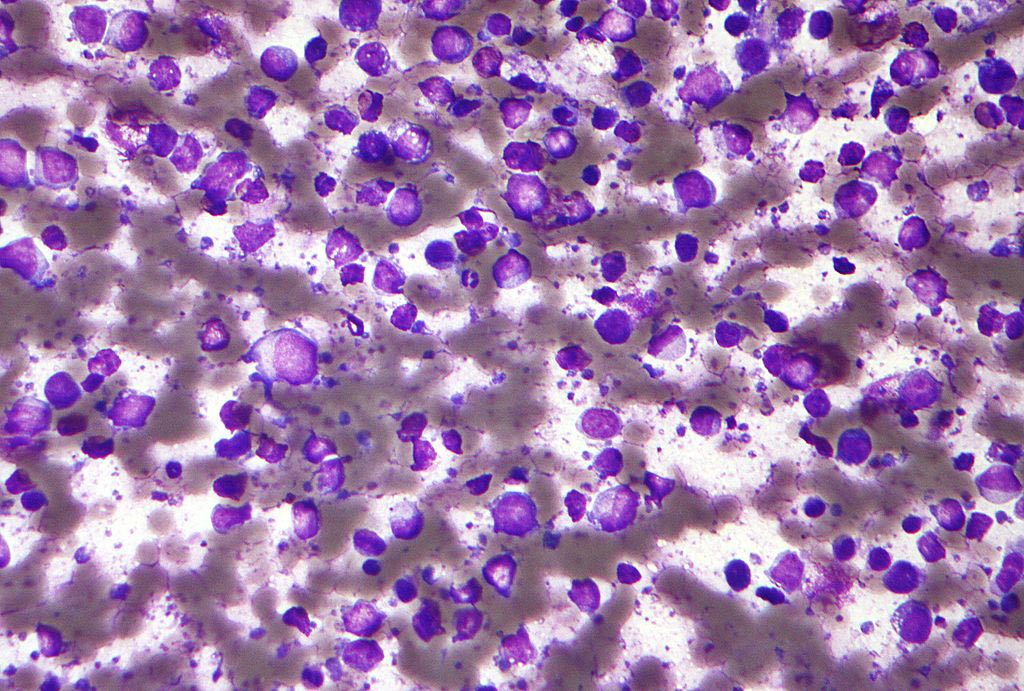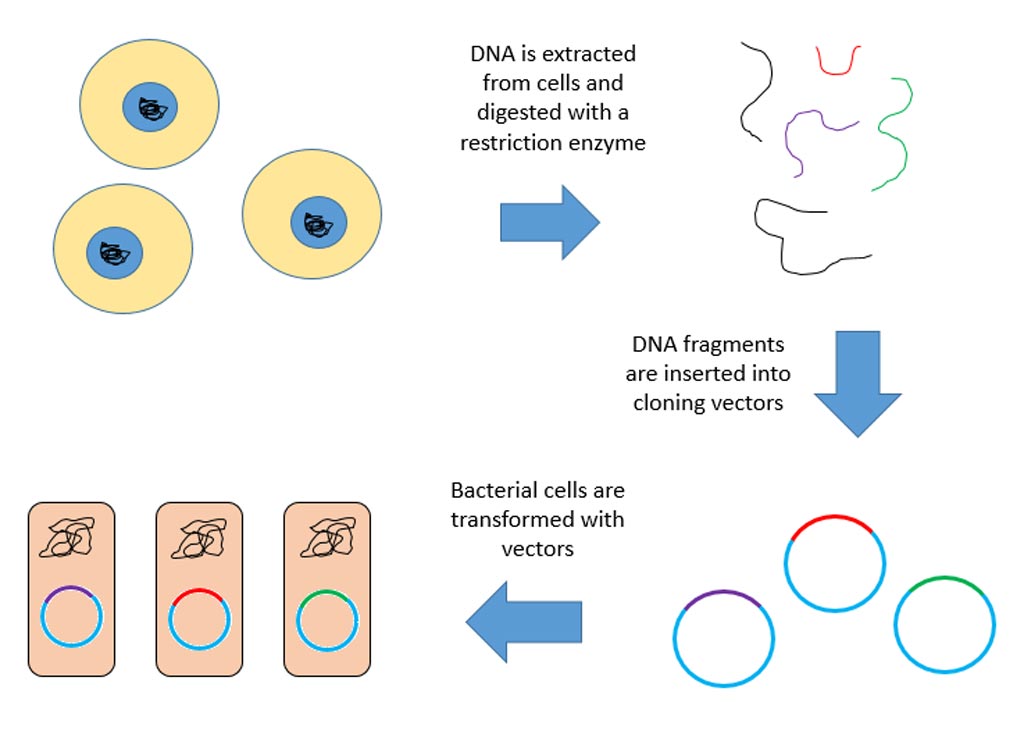Collaboration to Develop NMR Hypersense Technology
By Biotechdaily staff writers
Posted on 17 Oct 2005
Oxford Instruments Molecular Biotools (OIMBL, Oxon, UK) has entered into three landmark collaborative agreements with Pfizer Global R&D (Sandwich, UK), Queen Mary and Westfield College, University of London (London, UK), and the University of Birmingham Institute for Cancer Studies (UK). These agreements allow for the development of sophisticated and innovative applications in nuclear magnetic resonance (NMR) technology, utilizing the dramatic enhancement in the signal-to-noise ratio provided by HyperSense.Posted on 17 Oct 2005
HyperSense is a novel in vitro dynamic nuclear polarization (DNP) polarizer capable of amplifying the baseline signal-to-noise ratio of NMR systems by a factor of up to 10,000 for 1D NMR spectral analysis. HyperSense is the first commercial product of its kind that enables scientists to attain an excellent level of information quality and richness, while opening up the field of practical NMR analysis to totally new areas of research. It is a modular instrument that will attach to any traditional NMR system, to deliver polarization-enhanced samples using a solid-state dynamic nuclear polarization (DNP) technique recently licensed from GE Healthcare (Waukesha, WI, USA).
The collaborators, representing some of the major NMR groups across academia and industry in the United Kingdom, will evaluate different aspects of the use of the enhanced levels of signal-to-noise ratio provided by HyperSense, in applications across life science research, pharmaceuticals, and chemistry.
At the biomolecular NMR spectroscopy laboratory at the University of Birmingham, Prof. Michael Overduin and Dr. Ulrich Günther of the CRC Institute for Cancer Studies (Birmingham, UK) will use HyperSense to conduct additional studies to identify biologic markers for different types of cancer and to develop new methods for determining the kinetics and dynamics of protein-ligand interactions.
The diversity of NMR research applications directly reflects the flexibility of applications for HyperSense. By providing the information richness of NMR and enhancing the signal-to-noise ratio by up to 10,000 fold, this technique avoids time-consuming and labor-intensive enrichment processes that were once a requisite.
Related Links:
Oxford Instruments Molecular Biotools













